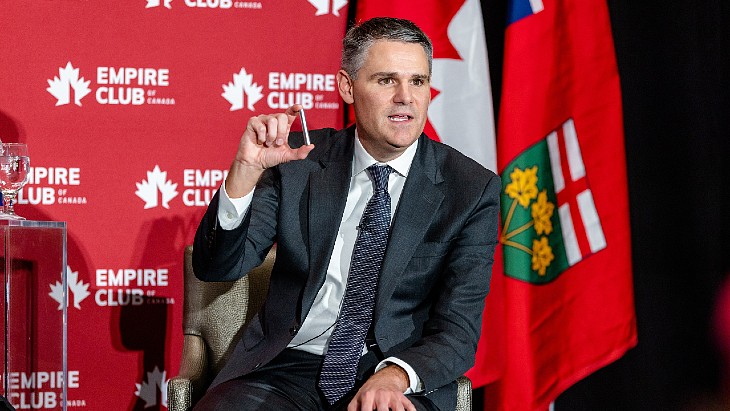CNNC attains mass production of Hualong One fuel
.jpg)
The CF3 fuel assembly is composed of 264 fuel rods arranged within a 17 x 17 supporting structure. The fuel rods contain pellets of either uranium dioxide or a mixture of gadolinium oxide and uranium dioxide. The rods feature a zircalloy cladding material. A total of 177 CF3 fuel assemblies will be loaded into the core of the Hualong One reactor.
In March, long-term irradiation testing of the CF3 fuel was completed. Four sets of CF3 fuel assemblies were loaded into Qinshan II unit 2 - a Chinese-designed CNP-600 PWR - in July 2014. The assemblies underwent poolside inspections during each fuelling cycle, CNNC said. Inspection results showed that the performance of the design met internationally accepted standards.
According to World Nuclear Association information, CF3 fuel assemblies are being manufactured at CNNC's main PWR fuel fabrication plant at Yibin in Sichuan province, using fuel pellets from Kazakhstan's Ulba Metallurgical Plant.
CNNC said achieving mass production of CF3 fuel "further strengthened CNNC's position in the field of nuclear fuel assemblies, and will help the HPR1000 be exported overseas". The company noted that fuel assemblies "are essential to the safety, reliability, and efficiency of a nuclear power plant".
In 2012, central planners in Beijing directed CNNC and China General Nuclear (CGN), to 'rationalise' their reactor programmes. This meant CNNC's ACP1000 and CGN's ACPR1000 were 'merged' into one standardised design - the Hualong One.
In November 2014, CNNC announced that the fifth and sixth units at Fuqing will use the domestically-developed Hualong One design, marking its first deployment. The company had previously expected to use the ACP1000 design for those units, but plans were revised in line with a re-organisation of the Chinese nuclear industry. China's State Council gave final approval for construction of Fuqing units 5 and 6 in April 2015. The pouring of first concrete for Fuqing 5 began in May 2015, marking the official start of construction of the unit. Construction of unit 6 began in December the same year. Fuqing 5 and 6 are scheduled to be completed in 2019 and 2020, respectively.
Construction of two Hualong One units is also under way at CGN's Fangchenggang plant in the Guangxi Autonomous Region. Those units are also expected to start up in 2019 and 2020.
In December 2015, CNNC and CGN agreed to create a 50-50 joint venture to promote the Hualong One in overseas markets.
Two HPR1000 units are under construction at Pakistan's Karachi nuclear power plant. Construction began on Karachi unit 2 in 2015 and unit 3 in 2016; the units are planned to enter commercial operation in 2021 and 2022. The HPR1000 has also been proposed for construction at Bradwell in the UK, where it is undergoing Generic Design Assessment.
_49098.jpg)
_57190.jpg)
_75453.jpg)
_70526.jpg)






_88592.jpg)

